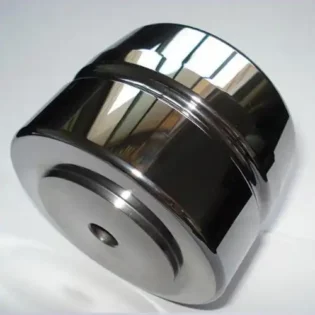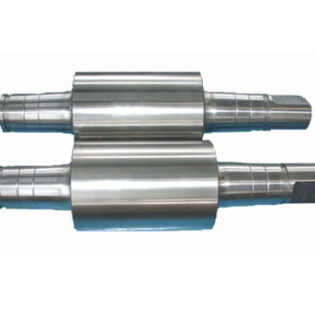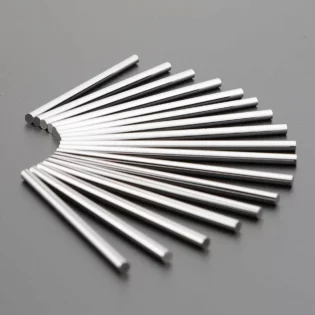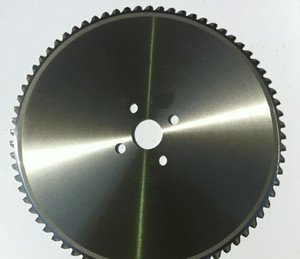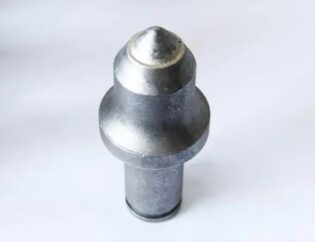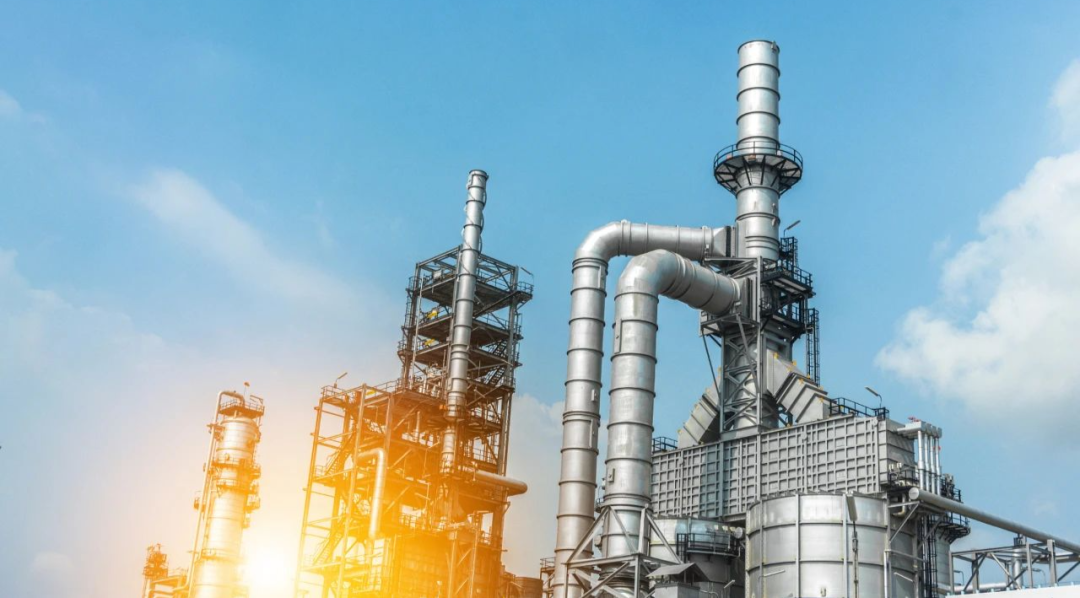
Challenges and Pain Points in the Petroleum Industry
Extreme Wear Environments
The core task of oil drilling is to penetrate complex formations, including hard rock layers such as sandstone, shale, and even granite. During this process, friction between the drill bit and rock generates significant heat, while abrasive particles like quartz sand and metal debris in the formation accelerate surface wear on equipment.
Dual Challenges of Temperature and Pressure
Oil drilling operations can reach depths of several thousand meters, where downhole temperatures may exceed 200°C and pressures can surpass 100 MPa. Conventional steel is prone to thermal expansion deformation or oxidation embrittlement under such conditions. Valve seals may soften and fail under high temperatures, leading to drilling fluid leaks and causing substantial economic losses. Additionally, frequent thermal cycling (e.g., in Arctic operations) can induce material fatigue cracking, jeopardizing equipment safety.
Balancing Cost Efficiency and Productivity
The direct consequences of equipment wear are increased maintenance costs and extended downtime. According to API standards (API Spec 7-1), traditional PDC drill bits achieve an average footage of only about 380–520 meters in formations with >40% quartz content, while each replacement operation takes 8–12 hours, severely hindering extraction progress. Moreover, component failures can trigger blowouts, oil spills, and other safety incidents, further amplifying.
Core Advantages of Cemented Carbide Wear-resistant Components
Cemented carbide is a composite material with tungsten carbide (WC) as the matrix and cobalt (Co) as the binder phase. Its performance advantages stem from its unique microstructure:
耐摩耗性
Tungsten carbide boasts a Vickers hardness of 1,600–2,400 HV, second only to diamond, enabling effective resistance to rock cutting and abrasive wear.
Stability Under High Temperature and Pressure
Tungsten carbide has an extremely high melting point (2,870°C) and maintains high strength even at elevated temperatures. The ductility provided by the cobalt binder phase further enhances the material’s impact resistance.
Corrosion Resistance
Cemented carbide exhibits strong resistance to acidic media (pH 2–12) and salt spray environments.
| Performance Metric | Traditional Material (e.g., Steel) | Cemented Carbide | Improvement Effect |
| Hardness (HRC) | 50–55 | 60–90+ | — |
| 耐摩耗性 | — | — | 2–5x improvement |
| Corrosion Resistance | Susceptible to acidic corrosion | Acid/alkali/oxidation resistant | 3x+ lifespan extension |
| Compressive Strength (MPa) | 800–1,200 | 3,000–6,000 | — |
| Deformation Resistance | — | — | 2–3x improvement |
| High-Temperature Stability | ≤300°C | ≤800°C | Suitable for deep wells & high-temperature oil/gas environments |
Typical Application Scenarios of Cemented Carbide Wear-Resistant Components
Cemented Carbide Bearings
Cemented carbide bearings are widely used in extreme-condition equipment within the petroleum industry. Their tungsten carbide-cobalt composite structure (HRA 85-93) combines high hardness with impact resistance. These bearings are primarily employed in critical components such as rotary steerable systems, mud pump plungers, and downhole motors. They can withstand temperatures exceeding 200°C and pressures up to 100 MPa in drilling fluids containing abrasive particles, offering a service life 3-5 times longer than traditional steel bearings.
Through gradient structure design, these bearings achieve an optimal balance between surface wear resistance and core toughness, significantly reducing unplanned tripping frequency for downhole tools. This enhancement ensures both operational safety and cost-effectiveness in ultra-deep well drilling.
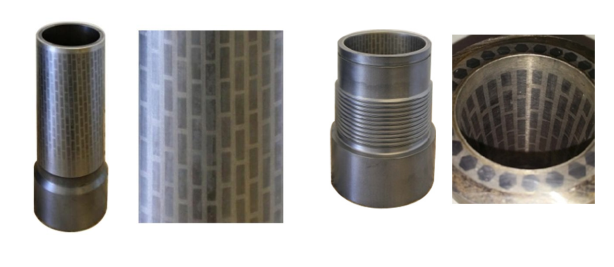
Cemented Carbide Bushings
Cemented carbide bushings are extensively utilized in high-wear components of petroleum equipment such as downhole drilling tools, mud pumps, and valves. Composed of tungsten carbide or chromium carbide matrix (HRA 88-92) and densified through hot isostatic pressing (HIP) technology, these bushings demonstrate exceptional wear and corrosion resistance against sand-laden, saline drilling fluid erosion while withstanding temperatures of 150-300°C and acidic environments.
The surface-gradient alloying design enhances galling resistance while maintaining core toughness, extending bushing service life by 2-4 times in directional drilling tools. This innovation effectively reduces stuck pipe risks and minimizes maintenance downtime, ensuring continuous operation under complex deep-well conditions.

Cemented Carbide Valve Seats & Sealing Components
In petroleum extraction, the valve balls and seats of oil well pumps serve as critical sealing elements. Conventional materials are prone to failure due to wear, corrosion, or high-pressure impact, necessitating frequent shutdowns for replacement.
Cemented carbide valve seats (e.g., YG series) overcome these limitations with:
1.Superior hardness (HRC 90+), delivering 3× greater wear resistance
2.Extended service life (2-3× longer than standard materials) when paired with carbide valve cores
3.Significant reduction in downtime-related costs
This engineered solution ensures reliable performance in demanding pumping applications while optimizing operational efficiency.

Cemented 炭化物 Nozzles
Hardened carbide nozzles for high-pressure abrasive jet technology significantly enhance formation cutting efficiency, making them ideal for deep reservoir extraction with wear resistance far exceeding conventional materials.
The innovative spiral-flow-channel nozzles feature gradient structure design with:
1.Surface WC content up to 94wt% for extreme wear resistance
2.Core cobalt content of 8-10wt% for optimal toughness
This balanced composition achieves both superior surface durability and bulk material integrity.
1.The advanced fluid dynamics optimization:
2.Increases drilling fluid velocity by 30%
3.Effectively removes downhole cuttings
4.Maintains stable performance in extreme downhole conditions
Cemented Carbide Centralizers
Cemented carbide centralizers are used for casing cementing. The spiral rib design improves displacement efficiency, making them suitable for deviated and horizontal wells, with strong impact resistance and low friction coefficient.
The centralizers support the casing through rigid or elastic structures, reducing eccentricity caused by wall friction, significantly improving casing centralization—especially in deviated and horizontal wells. For example, the spiral rib design reduces casing running resistance through its streamlined structure and uses rotational action to condition the wellbore, ensuring gauge protection.
結(jié)論
The development of ultra-fine grain cemented carbide (grain size <0.5μm) and novel binder phases (such as nickel-based alloys) will elevate material performance to new heights. Furthermore, the application of intelligent monitoring systems (e.g., embedded wear sensors) enables real-time prediction of component lifespan, driving the petroleum industry toward its goal of “zero unplanned downtime.” Cemented carbide wear-resistant components are not merely vessels of technology, but cornerstones for the sustainable development of the petroleum industry.
From penetrating ten-thousand-meter rock formations to resisting deep-sea corrosion, cemented carbide wear-resistant components have written a revolutionary chapter in the petroleum industry with their unique combination of “strength and resilience.” They are not only powerful tools for extending equipment lifespan but also critical enablers for reducing carbon emissions and achieving green extraction. Looking ahead, with growing global energy demands and technological advancements, cemented carbide is destined to shine even brighter in the petroleum sector.
